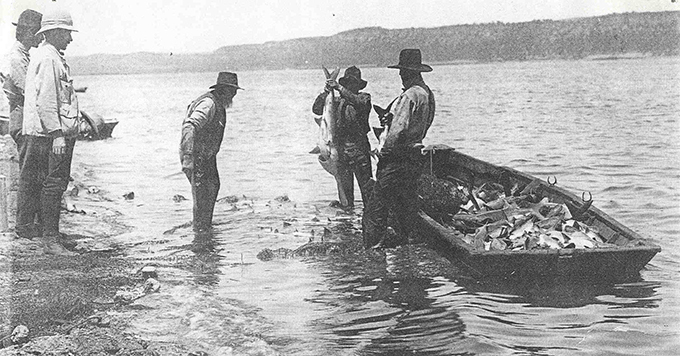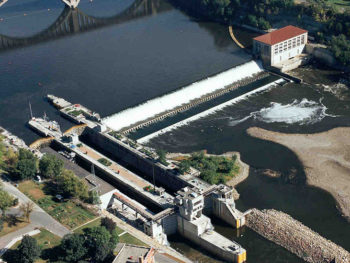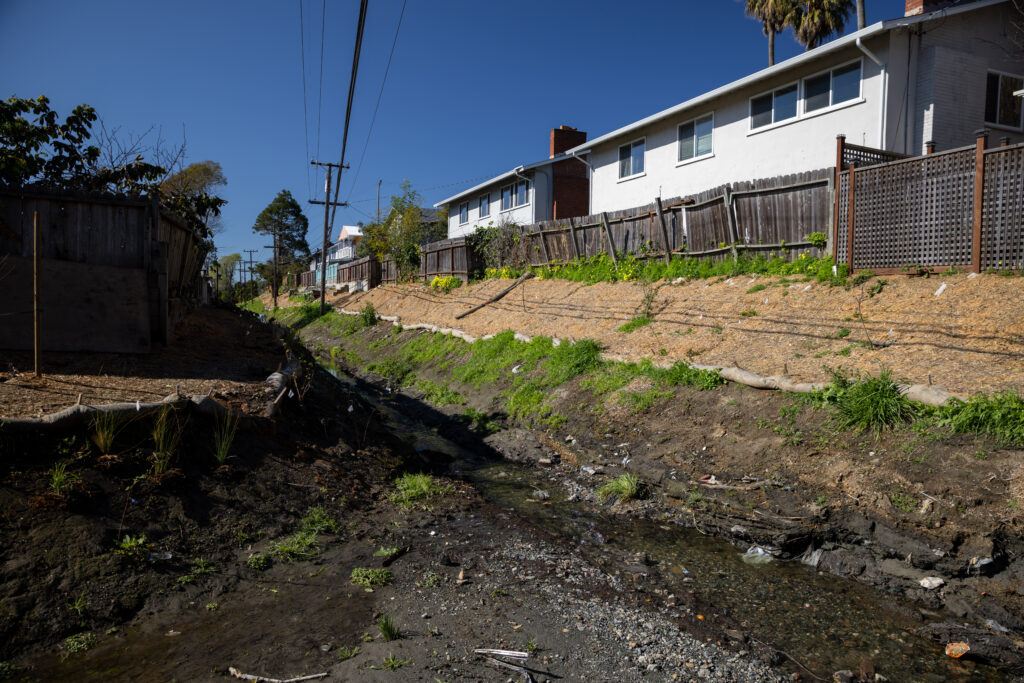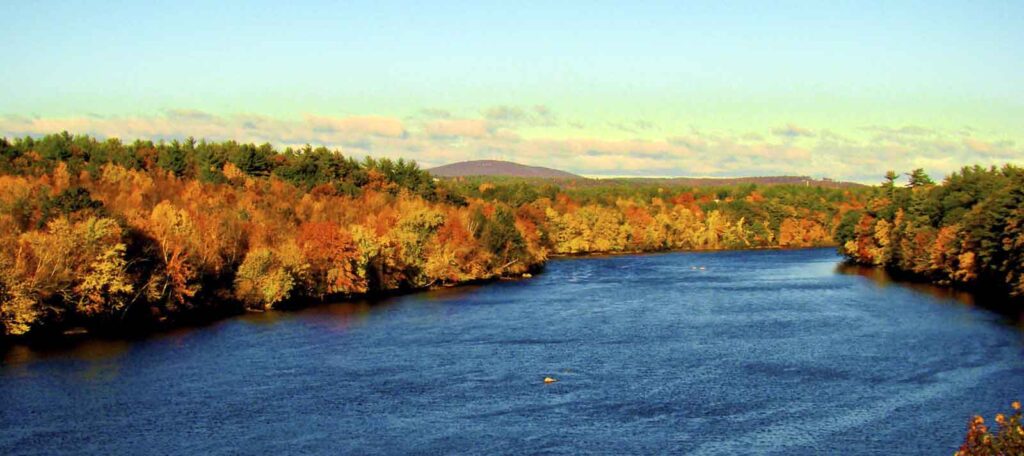Lake Pepin Fish and the Missing Rapids of the Mississippi River Gorge
We're continuing the celebration of World Fish Migration Day with a look at how restoring the Mississippi Gorge will not only bring St. Anthony Falls back to life, but migratory fish as well.

Guest blog by Mike Davis of Minnesota Department of Natural Resources for our continued celebration of World Fish Migration Day.
Lake Pepin is a 23 mile long riverine lake in the Mississippi River created by the delta of its tributary, the Chippewa River of Wisconsin. Pepin is the widest place on the entire Mississippi River and at one time reached from the Chippewa to the city of St. Paul, MN and within about 10 miles of the foot of the rapids that extend upstream to St. Anthony Falls. By the 1800’s St. Anthony Falls had eroded upstream far enough to leave around 6 miles of prime spawning habitat for fish species dependent on rapids for spawning. The 60 mile run upstream to these rapids was an easy trip on a free flowing river for the fish of Lake Pepin and the river in between.
Residents around Lake Pepin in the 1800’s reported being awakened at night by the splashing of thousands of paddlefish feeding at the surface, probably targeting the enormous insect hatches common to the lake in summer. Commercial fishermen landed hundreds of sturgeon and paddlefish in seines. Huge spawning runs of blue suckers attracted settlers to the gorge to pitchfork and club them to feed to livestock and to pickle for later home consumption.
All that changed as industry set its sights on the river as a source of power and transportation. In 1917 a high dam was erected near the foot of the historic rapids that stopped the age-old migration of fish into the rapids. Pollution and lack of access to critical spawning habitat greatly reduced populations of these fish. Since the Clean Water Act of 1972, pollution has been greatly reduced and these fish populations have begun to increase. However the rapids spawning habitat that they need remains a missing link to their full recovery.
Today we have an historic opportunity to return rapids habitat to the Mississippi’s last remaining rapids that lies submersed below the reservoir of Lock and Dam 1. Locks have stopped serving the barge industry that they supported for decades and an Army Corps of Engineers Disposition Study is now underway to determine the fate of this dam and another upstream at St. Anthony Falls. Dam removal is a feasible option that could be the recommended outcome of this study. Removal of the dams would allow for restoration of the world-class St. Anthony Falls rapids and reopen the habitat lost a century ago. Sturgeon, Paddlefish, and other rapids dependent species could once again migrate and spawn in the midst of this major metropolitan area and in full view of its human residents.
As we continue to celebrate World Fish Migration Day we look to the new places where we could see rivers once again flowing free. World Fish Migration Day could, in a few years, become an annual celebration along the Mississippi’s resurrected rapids in downtown Minneapolis!





1 response to “Lake Pepin Fish and the Missing Rapids of the Mississippi River Gorge”
Just curious as to the effect this will have on invasive species…